Do you work in a fast-paced environment where everyone has to manage multiple tasks? It’s possible you are wondering if Agile project management tools are right for you.
You’re likely to understand the needs for agile management tools of your project managers if you have tools that can help them work. Agile project management tools are an approach to enable teams to complete projects on time and not hinder the quality of the project. Let’s first define what Agile is before we list the various Agile project management tools.
Why Agile Methodology?
Teams and businesses use this model of project management to save time and money and allow for flexibility when making changes. This allows for greater flexibility than traditional methods in project management.
Faster, smaller. The projects can proceed faster.
Communication. Teams collaborate and communicate well to keep the process on track.
Feedback. Teams will not need to wait for the delivery phase, and they can monitor the speed of development regularly.
Trust. Agile teams are able to understand the goals and create their paths to reach them.
Control. Agile development allows project control because each stage of the project can be seen by both parties.
Advantages of Agile for Project Management
Agile is the best approach to project management because it offers many benefits.
- Customers can get more value faster by having their software deployed quickly
- Detect issues and defects faster
- Increased collaboration and faster
- Reduced waste
- increased adaptability to change
- Increased success through more focused efforts
- Customized team structures
- Faster turnaround times
- Optimized development processes
- Eliminates rework
- Relevant project metrics
- Focus on the needs of customers
- Increased frequency of collaboration
Also read: What is Contract Management Software and its Benefits
List of Agile Project Management Tools
Here is a list of top Agile project management tools for small and large businesses.
1. Wrike

Project management is about making quick changes to make sure that the project runs smoothly. This will help you save money and increase your revenues. Wrike can be used to connect multiple projects and increase efficiency in your team. Although it is often criticized for its simple interface, Wrike will make setting up project tasks a breeze, just as team week does. Wrike’s mobile version is a little slow, but they are always up-to-date with new releases and enhancements. If you are expecting to see the same changes on your mobile device as on your desktop, this might frustrate you.
2. Smartsheet
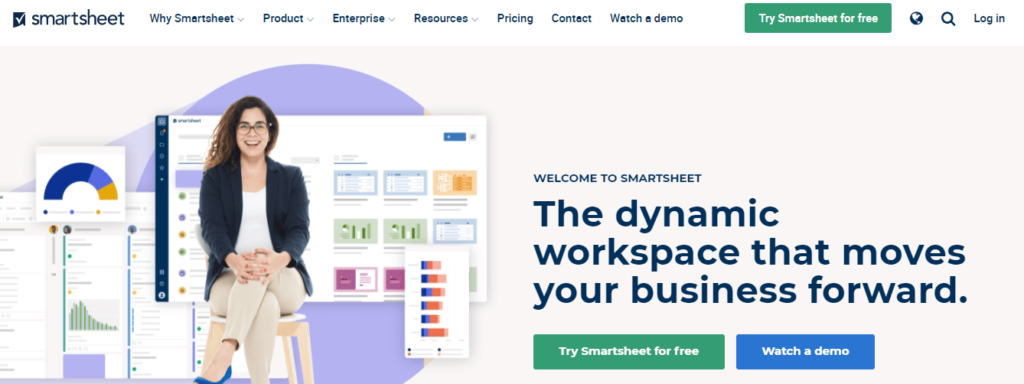
Smartsheet describes how teams work together on tasks and projects such as planning events, managing marketing campaigns, and tracking them. Smartsheet examines all aspects of business, including those from different industries and roles. Smartsheet unites cross-functional priorities, allows for free and open collaboration, and allows you to create teams without restrictions.
3. Active Collab
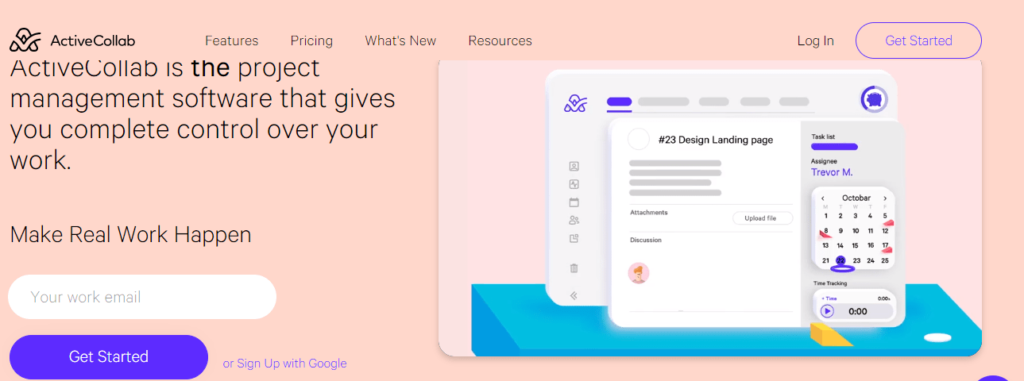
Active Collab was created to be a great solution that businesses can use. Active Collab will allow you to manage your clients from one place. You can control what each user can see and do, and keep them informed. It allows you to plan projects, share files, track time, track expenses, brainstorm, and discuss important topics.
4. Asana
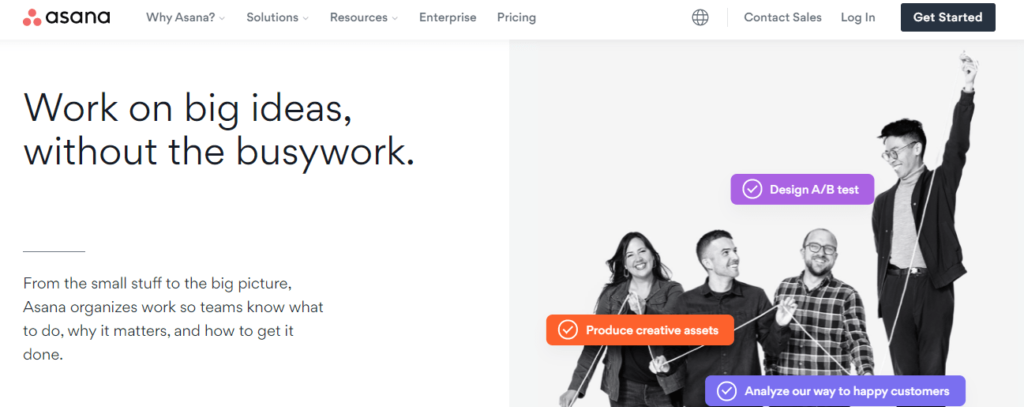
Asana, the cloud-based task and project management tool, is the best for organizing and tracking tasks’ progress. Asana offers everything your team needs, from Boards to Timelines to help them get through the project. Asana tracks iterations and launches, as well as project and sprint plans. It also allows for communication with colleagues.
This article will provide you with a lot of information on how to manage projects and if Agile is right for you. Controlling your team’s work can help you achieve the best results.
5. Agilean
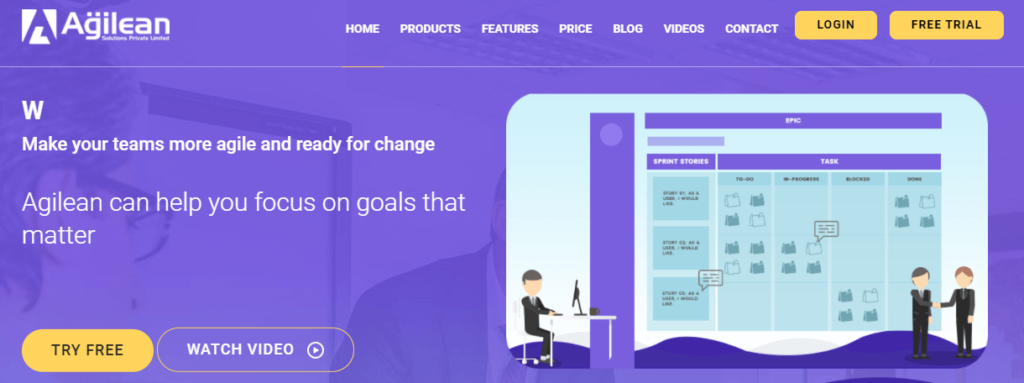
Agilean, a SaaS enterprise workflow automation and project management software, was specifically created for IT companies. Its key features include project planning, execution, and SCRUM/KANBAN board. It is also very easy to use and customizable. Agilean allows continuous improvement through optimizing workflows and eliminating bottlenecks.
6. Version One
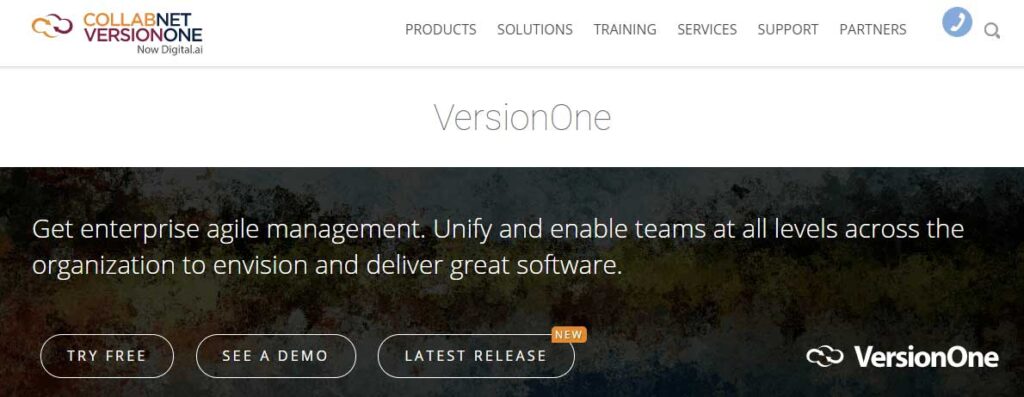
VersionOne, an Agile management tool, supports Agile software development methodologies. The most popular features include Agile portfolio management and program management. It also supports quality management, business intelligence as well as collaboration, hub integration, development, and hub integration. Its collaboration feature allows you to establish a link between a global portfolio and product teams.
7. Binfire
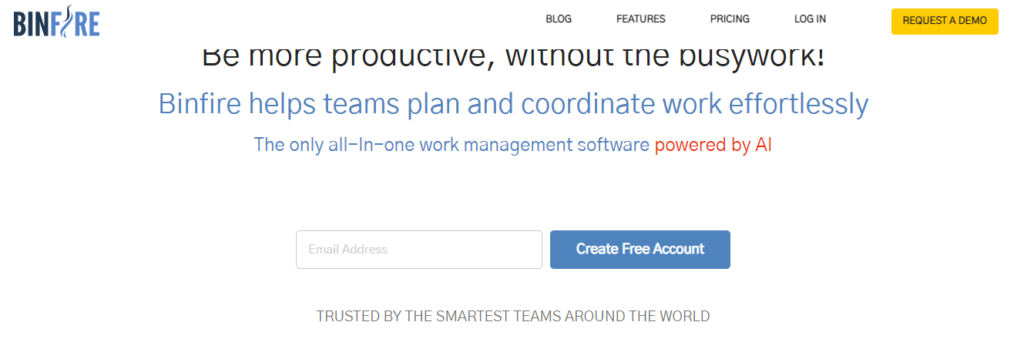 Binfire is a simple to use collaboration and project management tool that allows virtual teams to plan and monitor their projects. Binfire provides many tools for managing milestones and tasks, as well as online file storage, virtual whiteboard, and to-do lists. Binfire makes task management easy, with tasks, subtasks, and dependencies all being managed. Binfire is available for free and has paid plans.
Binfire is a simple to use collaboration and project management tool that allows virtual teams to plan and monitor their projects. Binfire provides many tools for managing milestones and tasks, as well as online file storage, virtual whiteboard, and to-do lists. Binfire makes task management easy, with tasks, subtasks, and dependencies all being managed. Binfire is available for free and has paid plans.
8. LeankitKanban
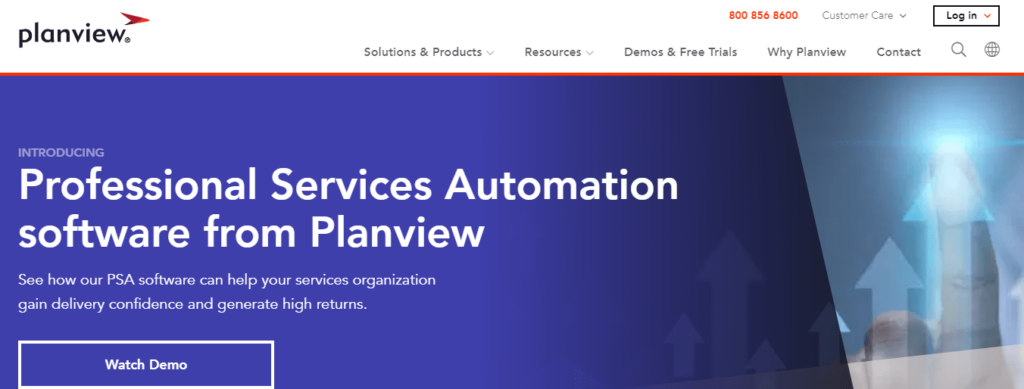
LeankitKanban, a virtual signboard and card system that is web-based can be found at www.leankitkanban.com. Kanban is a scheduling tool that helps you decide what, when, and how much to produce. LeanKit Kanban helps optimize workflow, visualize work and workflow, track work, integrate with other systems, and plan and track it.
Also read: Tips to Effectively Manage Time Difference in Outsource Web Development Projects
9. JIRA
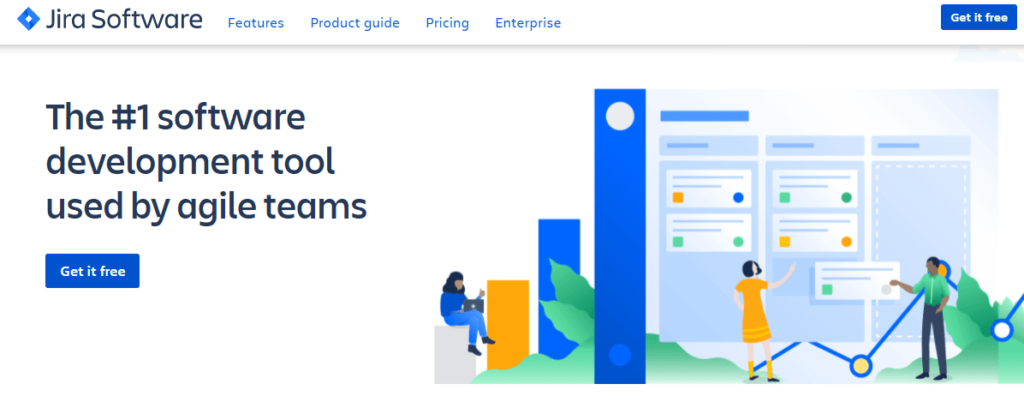
JIRA is an Agile project management tool. It can be used for bug tracking, issue tracking, and project management to software or mobile development processes. The key features of the agile product management tools of Jira include the ability to capture, assign and set priorities for work. Jira gives teams visibility into long-term goals and real-time release information. You can customize the dashboard of JIRA to suit your business processes.
10. ProofHub

Leading organizations use ProofHub to manage their agile projects and the best agile project management tools. It is smart and feature-rich. This collaborative tool allows teams to easily share ideas, create documents, have discussions, and then move on.
The software comes integrated with all the necessary tools and features that you would need to make your projects successful using Agile methodology. It can also be used to manage your projects with other methods such as the critical path method (CPM), getting stuff done (GTD), and others.
ProofHub’s Kanban boards or Gantt charts can be used to organize tasks and streamline project work. Kanban boards allow you to clearly define the project’s workflow and track tasks as they move through the various stages. Gantt charts, on the other hand, allow you to visualize the timeline and track the progress of your project. Gantt charts allow you to schedule tasks, assign milestones to tasks, determine task dependencies and see who is responsible for a task.
ProofHub also offers other tasks that can be done without having to sweat:
- Create assignments and divide them into smaller and manageable sub assignment
- Select one or more assignees for an assignment
- Set start and end dates for each assignment
- Set up recurring tasks
- Attach files and add comments to tasks
- Add labels to prioritize assignments and make it easier to organize them
Project Management Methodologies ―The Agile Family
Agile can be used to describe a variety of models for agile development. Project managers need to be familiar with project management methods and which one is best for them. In the software industry, Agile is defined as a system where different people have different roles in managing projects. This ensures that everyone is accountable for managing the project, and not just the project manager.
Let’s look at the Agile project management methods of the Agile family.
Also read: Agile vs DevOps : What is The Similarities & Differences
Agile
The industry was frustrated in the 1990s when projects were canceled due to a variety of reasons, including time lag between the business needs and the delivery of technology. In 2001, 17 people wrote the core of Agile methodology. It was focused on customer collaboration and delivering value.
Agile methodology was comprised of the following four main values:
- Teams and individuals interact over processes and tools
- Working software over comprehensive documentation
- Collaboration with customers in contract negotiations
- After a plan has been implemented, you need to respond to changes
The most popular frameworks today for implementing Agile methodology are Scrum, Kanban, and Extreme Programming.
Different Types of Agile Management
Scrum
Scrum, the most widely used Agile development framework, has taken an iterative approach that focuses on key features and objectives. Scrum’s flexibility and simplicity make it a great tool for implementing Agile development.
Kanban
Toyota developed Kanban to increase factory productivity. Another framework that supports Agile-based methodologies is Kanban. This method allows for quick code production. This allows teams to have a visual representation and transparency of their progress. They can also move it through stages and identify roadblocks.
Extreme Programming (XP)
Extreme programming is a method that uses discipline to improve the quality and simplicity of the software and delivers high-quality software consistently. XP is where the team collaborates with high-quality software and works closely with other teams to plan, estimate, and deliver user stories that have the highest priority.
Adaptive Project Framework (APF)
Teams began using the Adaptive Project Framework because of the changing requirements in many IT projects. APF is designed to adapt to changing circumstances. This approach is also used by stakeholders to modify the scope of a project at each stage. It allows them to maximize business value.

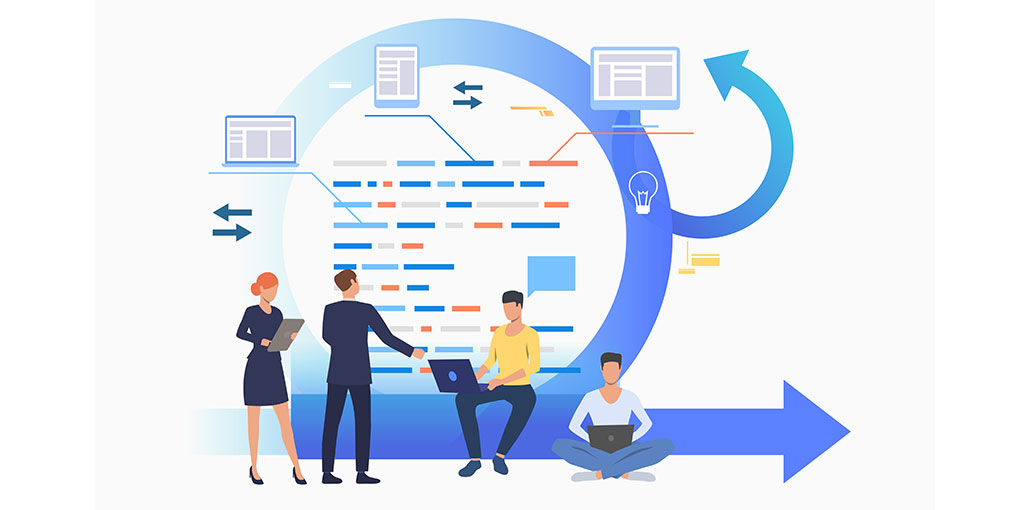








Leave a comment